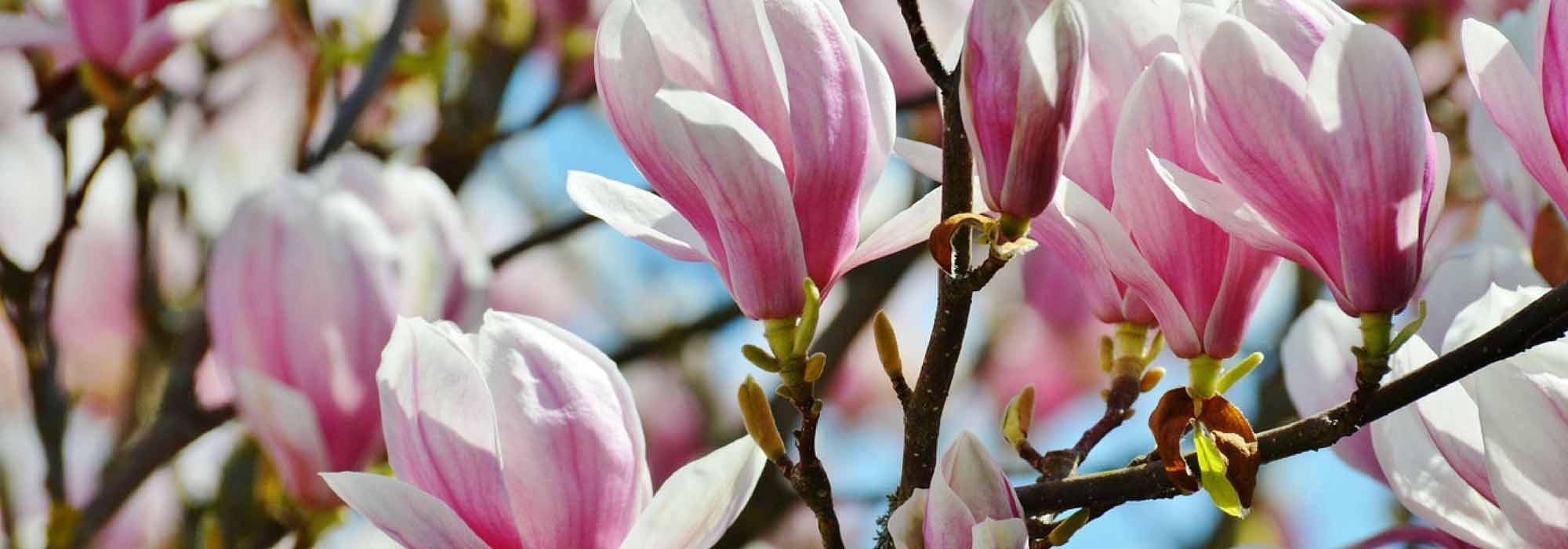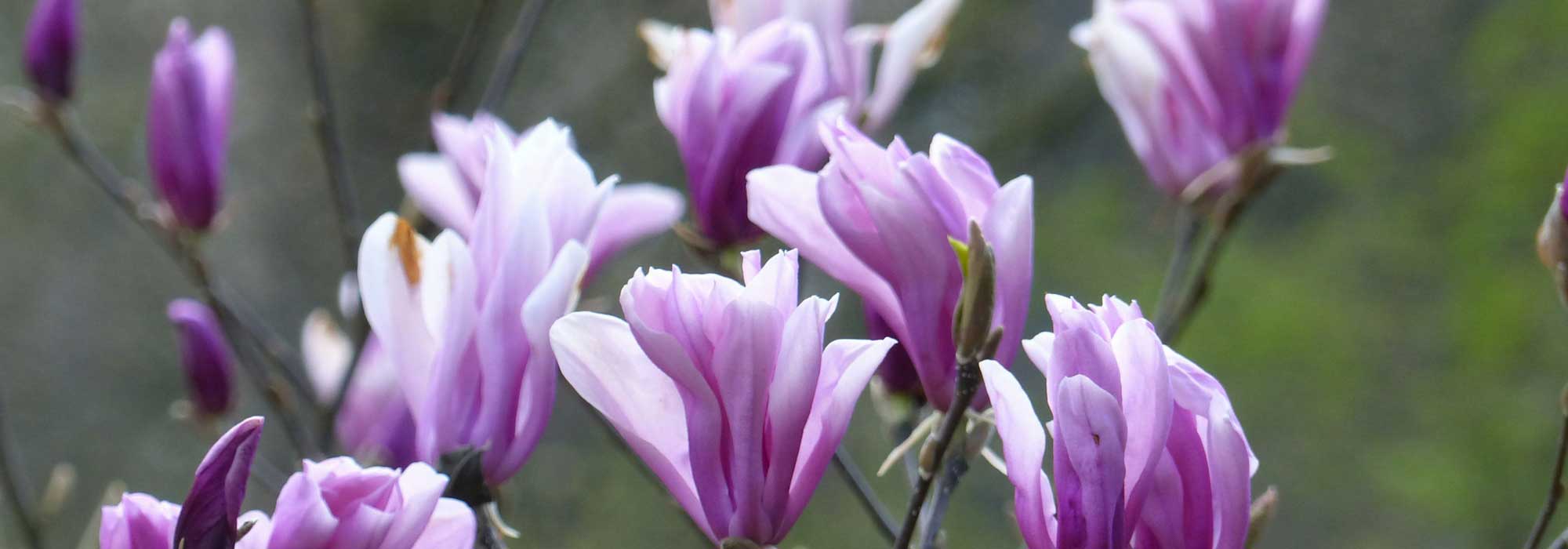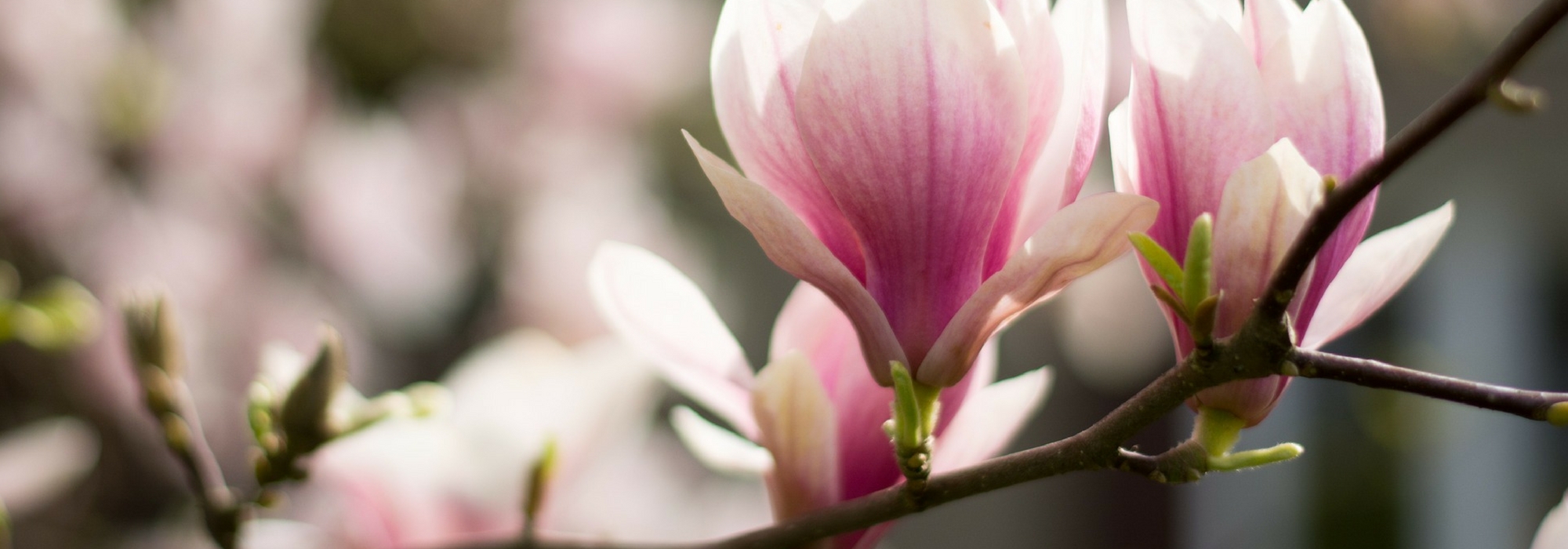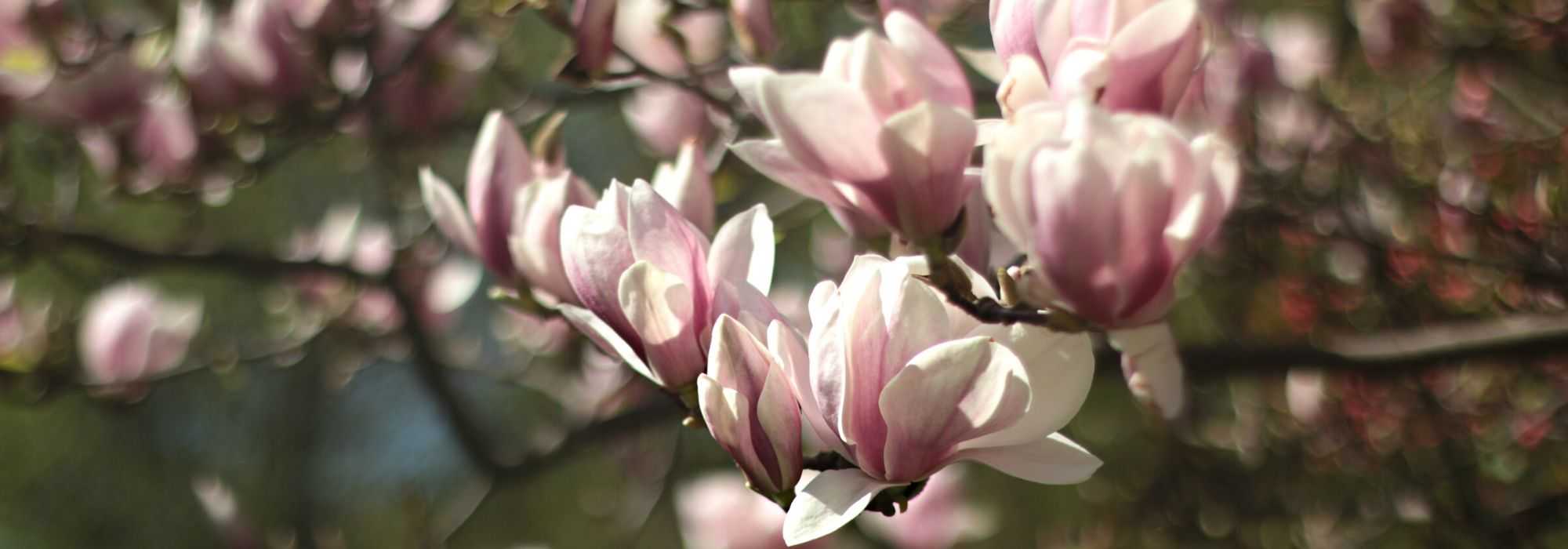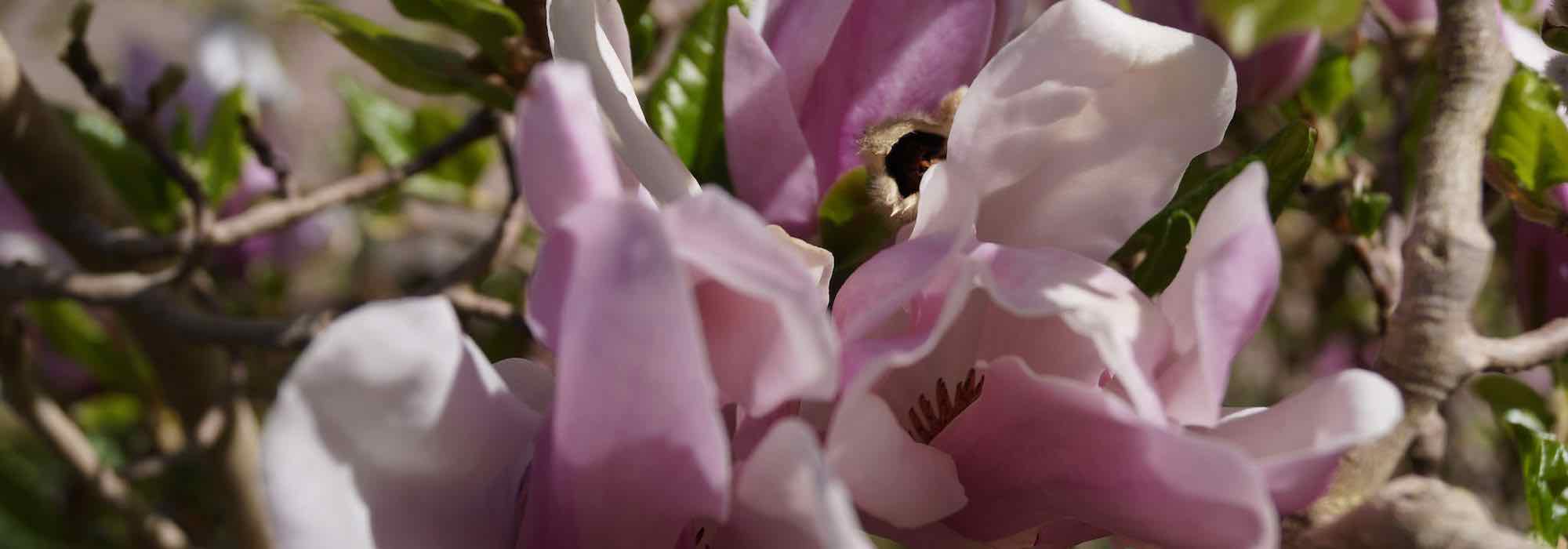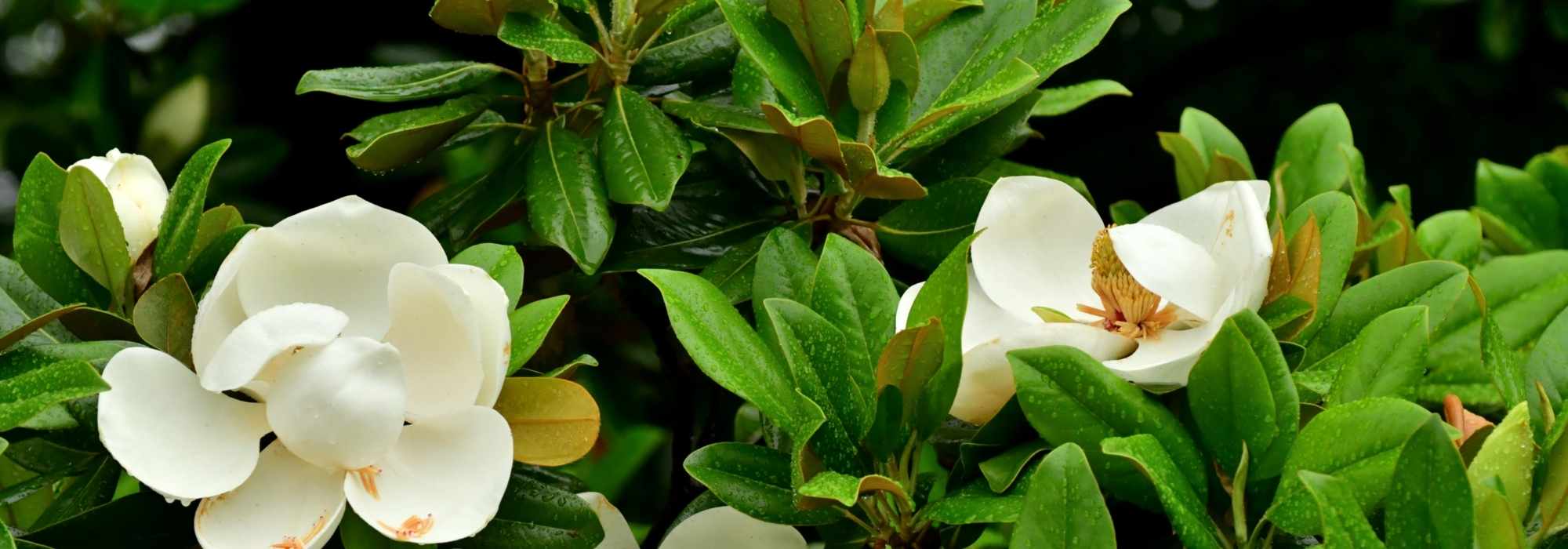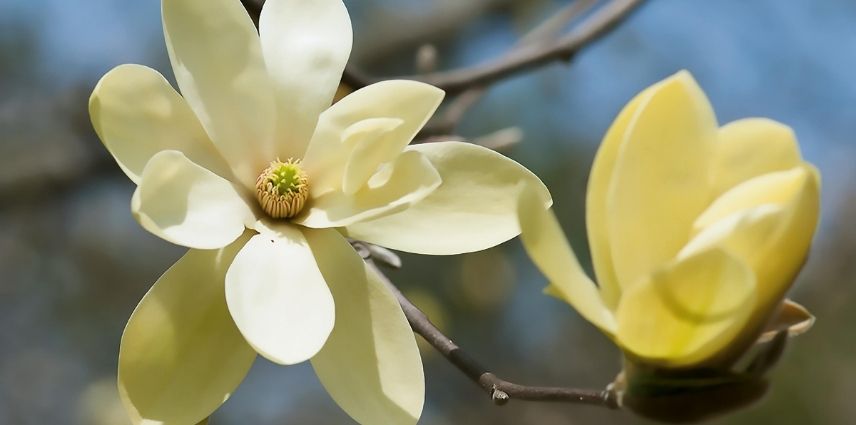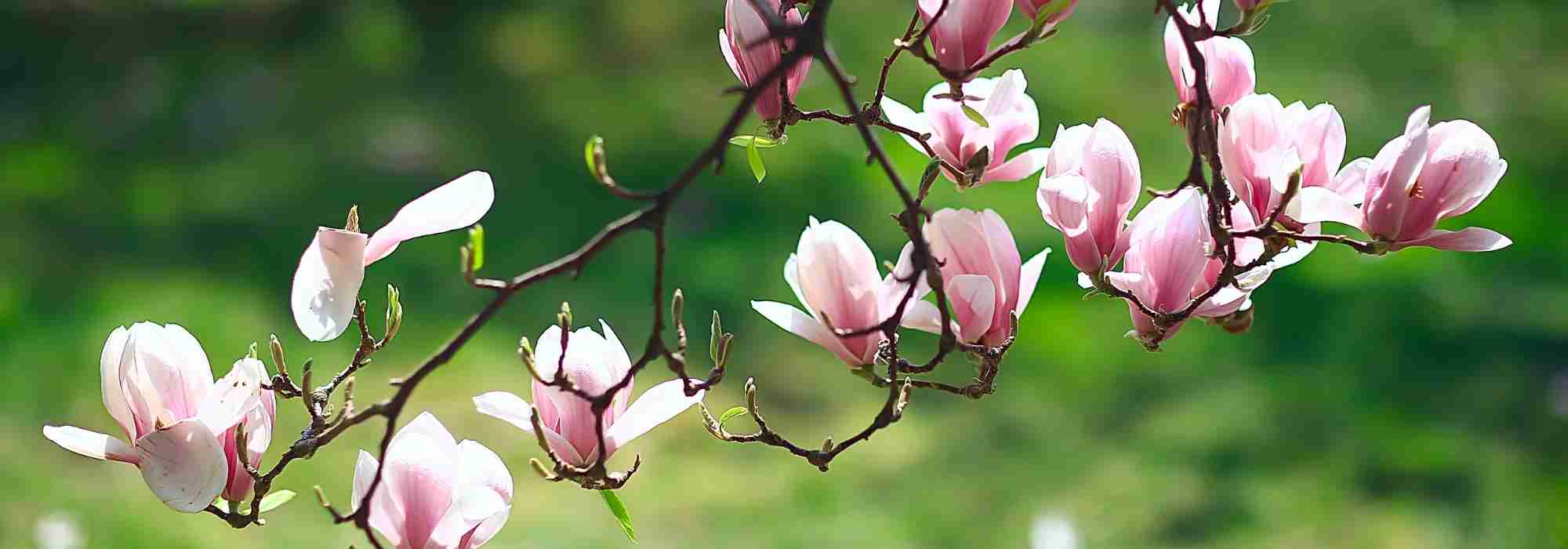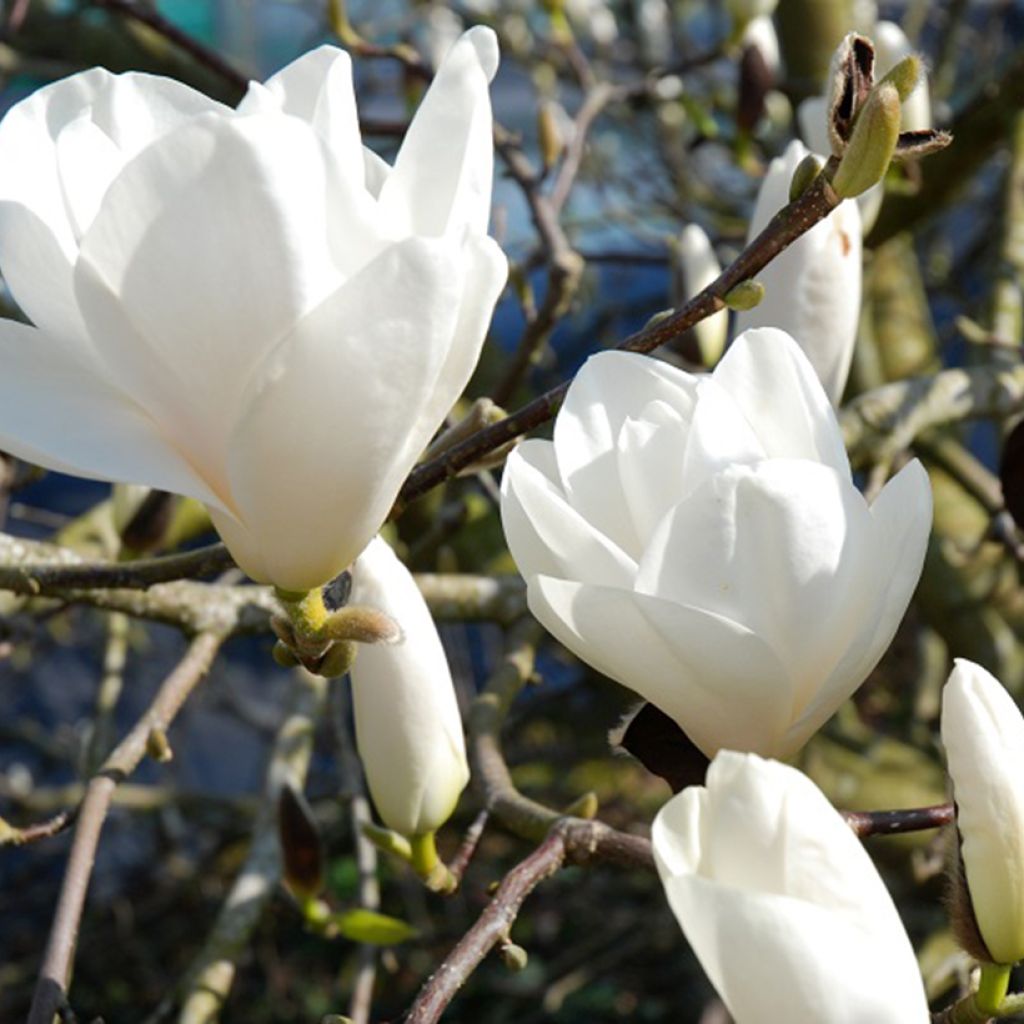

Magnolia Tina Durio
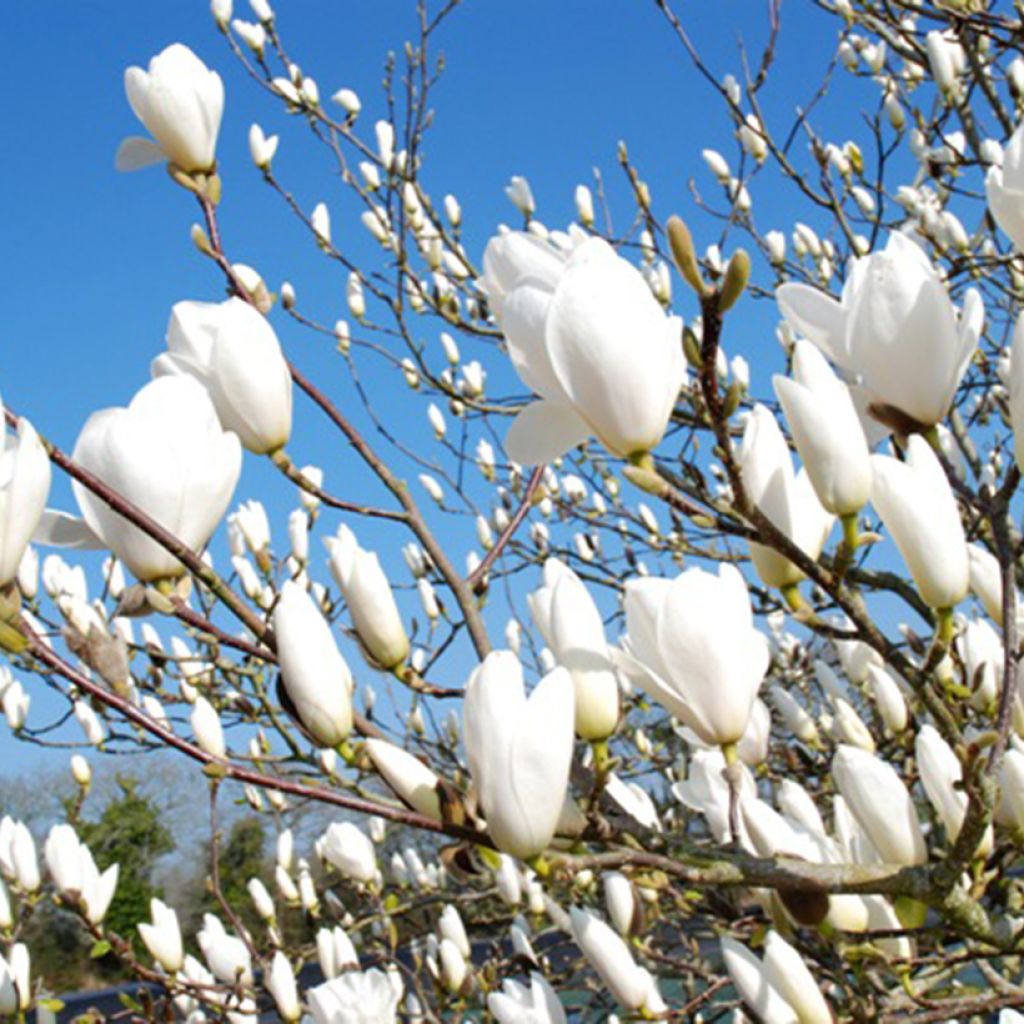

Magnolia Tina Durio
Magnolia Tina Durio
Magnolia x veitchii Tina durio
Special offer!
Receive a €20 voucher for any order over €90 (excluding delivery costs, credit notes, and plastic-free options)!
1- Add your favorite plants to your cart.
2- Once you have reached €90, confirm your order (you can even choose the delivery date!).
3- As soon as your order is shipped, you will receive an email containing your voucher code, valid for 3 months (90 days).
Your voucher is unique and can only be used once, for any order with a minimum value of €20, excluding delivery costs.
Can be combined with other current offers, non-divisible and non-refundable.
Home or relay delivery (depending on size and destination)
Schedule delivery date,
and select date in basket
This plant carries a 24 months recovery warranty
More information
We guarantee the quality of our plants for a full growing cycle, and will replace at our expense any plant that fails to recover under normal climatic and planting conditions.
Would this plant suit my garden?
Set up your Plantfit profile →
Description
Magnolia 'Tina Durio' is a hybrid variety that quickly forms a small tree with a regular conical habit and blooms early in the season, before the leaves appear. Its branches are covered with large flowers that are barely tinged with pale pink at the base, creating a splendid, eye-catching spectacle in the garden. After flowering, its large, bright green leaves appear. Hardy to at least -15°C, it grows in most soils, including limestone, as it is grafted onto a variety that is not demanding in terms of soil type. While this hybrid deserves to be planted as a focal point for its flowers and architectural structure, it will also thrive in mixed borders or in front of large trees.
Magnolia belongs to the Magnoliaceae family. There are about a hundred species of Magnolia, trees and shrubs, most of which are native to the warm temperate regions of Asia and North America. The genus includes both deciduous and evergreen plants.
Magnolia 'Tina Durio' belongs to the Gresham hybrids group, named after a Californian breeder who first used pollen from Magnolia x veitchii to pollinate flowers of other species. By choosing Magnolia x soulangeana 'Lennei Alba' (a cross between M. denudata and M. liliiflora) as the second parent, Todd Gresham obtained this variety, which was named in 1984 by Ken Durio, the director of Louisiana Nurseries in Opelousas (Louisiana), in honour of his daughter.
This Magnolia 'Tina Durio' has a relatively fast growth rate, reaching approximately 4m in height within 10 years of planting. At maturity, it forms a fairly regular rounded dome with a diameter of 8m and a height of the same size. This shape is particularly highlighted in April when it is covered with large white flowers, slightly tinged with pale pink at the base. With 9 to 12 tepals, which are sepals and petals that are very similar in morphology, the corollas often exceed 25cm in diameter and can even reach up to 30cm in the largest flowers. The centre is occupied by the beige-pink sexual organs, and they emit a light and pleasant fragrance. Appearing in abundance before the leaves, the flower buds face upright towards the sky before opening up into a cup shape, making them very decorative. The size of the flowers tends to increase with the age of the plant, which means that the tree will become more beautiful year after year. The rather large, oval to elliptical, beautiful bright green leaves do not have any particular ornamental interest.
An interesting feature is that this variety is grafted onto a Magnolia kobus rootstock, which is probably the hardiest species and least demanding in terms of soil. Therefore, even if your soil is (reasonably) alkaline, you can plant 'Tina Durio' without condemning it to languish and suffer from chlorosis.
Magnolia 'Tina Durio' is suitable for gardens with non-neutral to acidic soil. Its decent hardiness allows it to be planted in the majority of situations, and it truly deserves it, considering how spectacular its flowering is. It is tempting to plant it as a focal point on a lawn, but since its flowering period does not exceed 3 weeks, it would be wiser to integrate it into a border with other plants that have staggered flowering times. Chimonanthus praecox, a Chinese shrub with highly fragrant, sulfur-yellow winter flowers, is also not demanding in terms of soil type and would be a great companion. To follow in its footsteps, you have a wide choice of shrubs with spring flowering, such as Syringa microphylla 'Superba', a compact Lilac with clusters of fragrant pink flowers. And for the summer, you can choose from the range of Hydrangea quercifolia, the Oakleaf Hydrangea, which is also accommodating and will reward you with large panicles of flowers in summer and beautiful autumn colours.
Magnolia Tina Durio in pictures
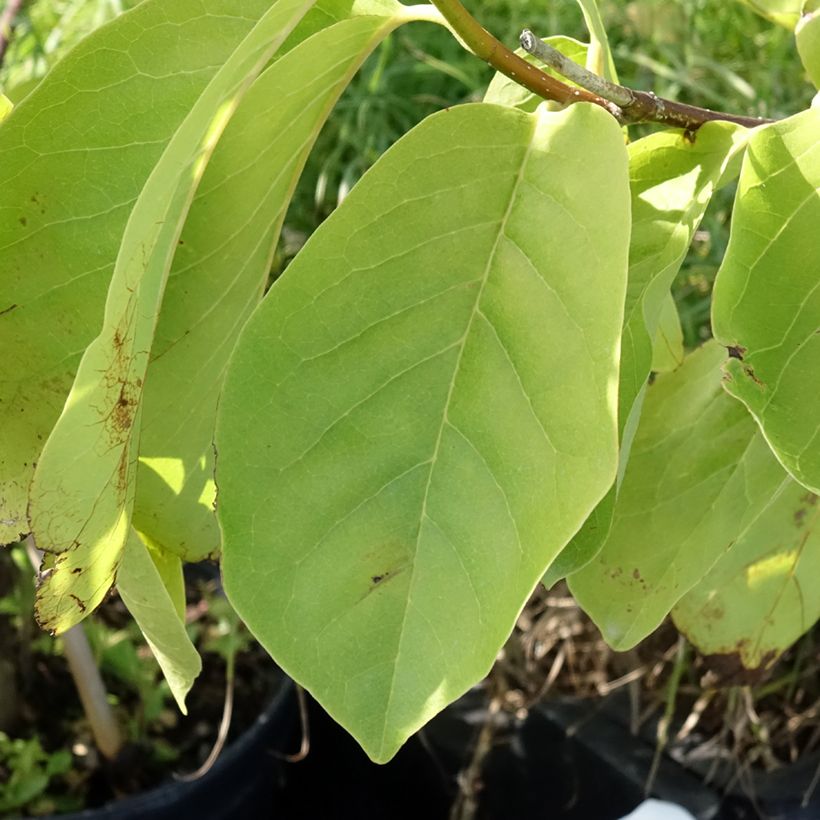

Plant habit
Flowering
Foliage
Botanical data
Magnolia
x veitchii
Tina durio
Magnoliaceae
Cultivar or hybrid
Planting and care
Unlike most Magnolias, this one can be planted in moderately chalky soil (in fact, with a moderate active limestone content). It is grafted onto a Magnolia kobus rootstock, which is the most adaptable species and one of the hardiest. This Magnolia is capable of growing properly in clay soil with a pH of 8, conditions that are fatal to the vast majority of its counterparts, which require a soil that is at least neutral and even rather acidic, as well as humus-bearing. Magnolia 'Tina Durio' can thus be planted in most situations, except in climates that are truly too cold or in excessively windy locations that would damage the large flowers.
Choose a sunny exposure, or possibly partial shade, on the edge of large trees in warm climates.
Soak the root ball in a bucket of water for half an hour before planting. Dig a hole at least 60 cm on all sides, and even 70 to 80 cm deep in heavy soil, and incorporate planting compost with the original soil (in equal parts). In slightly sandy soil, mix planting compost enriched with compost with the existing soil. Position the root ball, taking care not to bury the collar, backfill and water thoroughly. Water in summer, as the soil should not dry out (mulching above the root zone will be welcome). Apply an organic fertiliser rich in potassium in March-April to promote future flowering. No pruning is necessary unless to correct a poorly oriented branch.
Planting period
Intended location
Care
Planting & care advice
This item has not been reviewed yet - be the first to leave a review about it.
Haven't found what you were looking for?
Hardiness is the lowest winter temperature a plant can endure without suffering serious damage or even dying. However, hardiness is affected by location (a sheltered area, such as a patio), protection (winter cover) and soil type (hardiness is improved by well-drained soil).

Photo Sharing Terms & Conditions
In order to encourage gardeners to interact and share their experiences, Promesse de fleurs offers various media enabling content to be uploaded onto its Site - in particular via the ‘Photo sharing’ module.
The User agrees to refrain from:
- Posting any content that is illegal, prejudicial, insulting, racist, inciteful to hatred, revisionist, contrary to public decency, that infringes on privacy or on the privacy rights of third parties, in particular the publicity rights of persons and goods, intellectual property rights, or the right to privacy.
- Submitting content on behalf of a third party;
- Impersonate the identity of a third party and/or publish any personal information about a third party;
In general, the User undertakes to refrain from any unethical behaviour.
All Content (in particular text, comments, files, images, photos, videos, creative works, etc.), which may be subject to property or intellectual property rights, image or other private rights, shall remain the property of the User, subject to the limited rights granted by the terms of the licence granted by Promesse de fleurs as stated below. Users are at liberty to publish or not to publish such Content on the Site, notably via the ‘Photo Sharing’ facility, and accept that this Content shall be made public and freely accessible, notably on the Internet.
Users further acknowledge, undertake to have ,and guarantee that they hold all necessary rights and permissions to publish such material on the Site, in particular with regard to the legislation in force pertaining to any privacy, property, intellectual property, image, or contractual rights, or rights of any other nature. By publishing such Content on the Site, Users acknowledge accepting full liability as publishers of the Content within the meaning of the law, and grant Promesse de fleurs, free of charge, an inclusive, worldwide licence for the said Content for the entire duration of its publication, including all reproduction, representation, up/downloading, displaying, performing, transmission, and storage rights.
Users also grant permission for their name to be linked to the Content and accept that this link may not always be made available.
By engaging in posting material, Users consent to their Content becoming automatically accessible on the Internet, in particular on other sites and/or blogs and/or web pages of the Promesse de fleurs site, including in particular social pages and the Promesse de fleurs catalogue.
Users may secure the removal of entrusted content free of charge by issuing a simple request via our contact form.
The flowering period indicated on our website applies to countries and regions located in USDA zone 8 (France, the United Kingdom, Ireland, the Netherlands, etc.)
It will vary according to where you live:
- In zones 9 to 10 (Italy, Spain, Greece, etc.), flowering will occur about 2 to 4 weeks earlier.
- In zones 6 to 7 (Germany, Poland, Slovenia, and lower mountainous regions), flowering will be delayed by 2 to 3 weeks.
- In zone 5 (Central Europe, Scandinavia), blooming will be delayed by 3 to 5 weeks.
In temperate climates, pruning of spring-flowering shrubs (forsythia, spireas, etc.) should be done just after flowering.
Pruning of summer-flowering shrubs (Indian Lilac, Perovskia, etc.) can be done in winter or spring.
In cold regions as well as with frost-sensitive plants, avoid pruning too early when severe frosts may still occur.
The planting period indicated on our website applies to countries and regions located in USDA zone 8 (France, United Kingdom, Ireland, Netherlands).
It will vary according to where you live:
- In Mediterranean zones (Marseille, Madrid, Milan, etc.), autumn and winter are the best planting periods.
- In continental zones (Strasbourg, Munich, Vienna, etc.), delay planting by 2 to 3 weeks in spring and bring it forward by 2 to 4 weeks in autumn.
- In mountainous regions (the Alps, Pyrenees, Carpathians, etc.), it is best to plant in late spring (May-June) or late summer (August-September).
The harvesting period indicated on our website applies to countries and regions in USDA zone 8 (France, England, Ireland, the Netherlands).
In colder areas (Scandinavia, Poland, Austria...) fruit and vegetable harvests are likely to be delayed by 3-4 weeks.
In warmer areas (Italy, Spain, Greece, etc.), harvesting will probably take place earlier, depending on weather conditions.
The sowing periods indicated on our website apply to countries and regions within USDA Zone 8 (France, UK, Ireland, Netherlands).
In colder areas (Scandinavia, Poland, Austria...), delay any outdoor sowing by 3-4 weeks, or sow under glass.
In warmer climes (Italy, Spain, Greece, etc.), bring outdoor sowing forward by a few weeks.






























